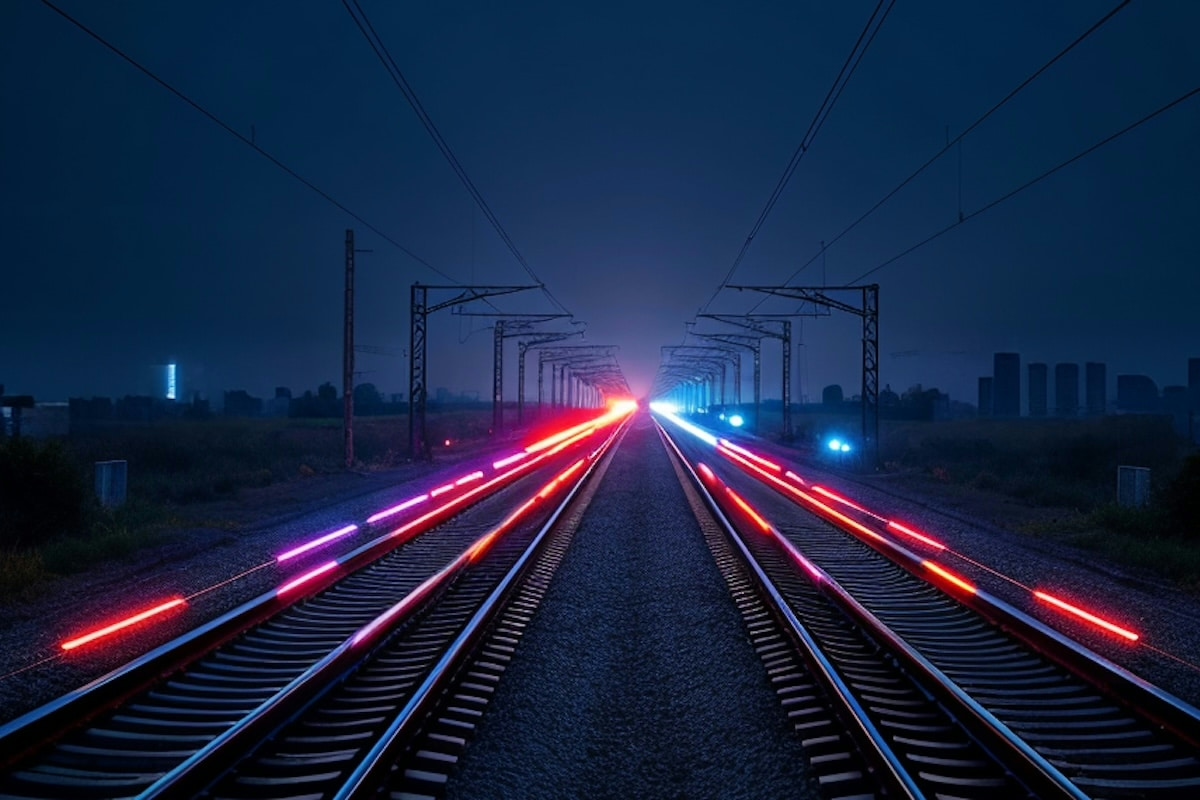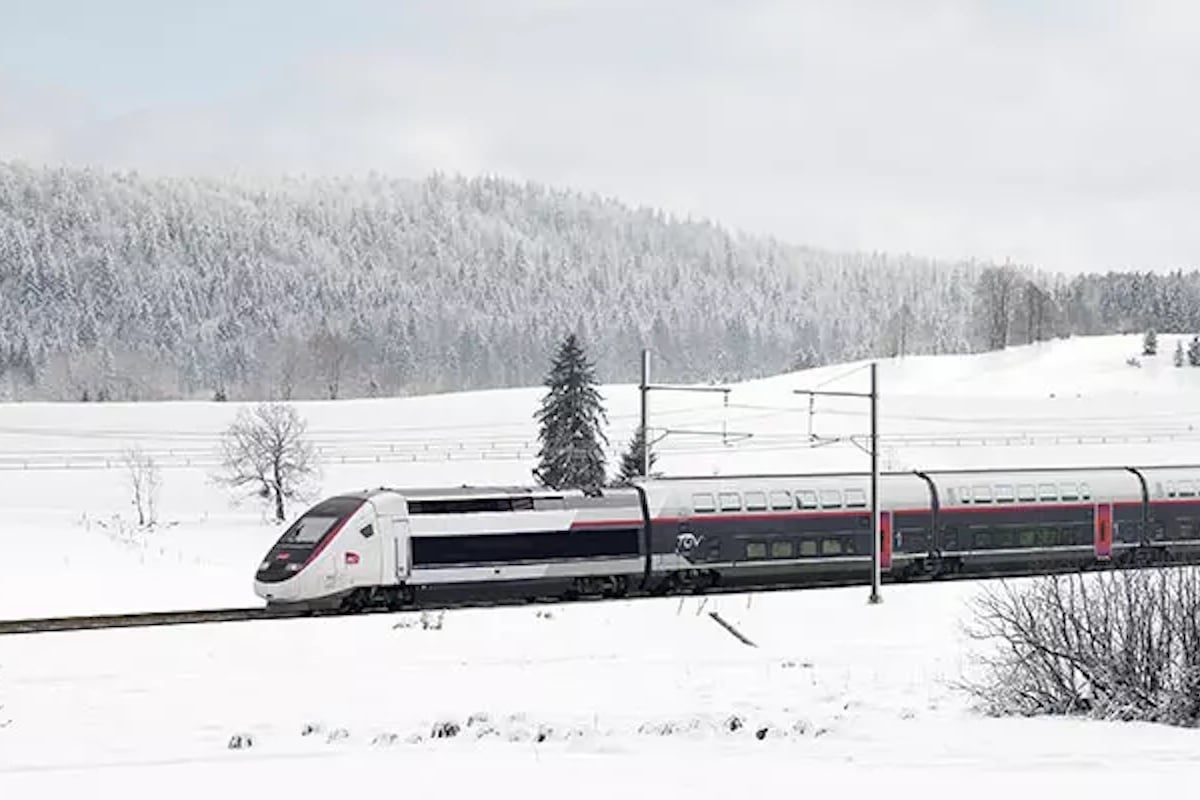SNCF Makes Big Money with Its Data TGV!

The SNCF is accelerating its Terralpha project, which utilizes railway tracks to lay down ultra-fast data cables.
Being clever has always been a trait valued. Especially in difficult times. This is the positive image currently projected by the SNCF as it reinvents itself, modernizes, and seeks new profit levers. Thus was born the idea of leveraging the vast railway network to crisscross France with ultra-fast data transfer cables: a data TGV of information.
A Major Player in Ultra High-Speed Networks
While the SNCF revolutionized rail transport with the TGV, it now aims to establish itself as a key player in ultra-high-speed data networks. Since 2021, its subsidiary Terralpha has been operating a fiber optic network deployed along railway lines, with continuous growth.
This network, covering 20,000 kilometers across France, already provides speeds much higher than older infrastructure, reaching up to 400 Gb/s per wavelength.
By leveraging existing railway infrastructure, Terralpha benefits from several strategic advantages:
- An extensive and direct network: Thanks to the 20,000 km of fiber optic cable installed along railway lines, the company offers a dense grid, ensuring fast and efficient connections between major French cities.
- A secure infrastructure: Railway tracks are protected areas, providing a less exposed environment to vandalism or accidental interruptions, unlike traditional networks deployed in urban areas or along roads.
- Lower deployment costs: Using existing infrastructure helps minimize heavy construction work and reduces costs related to trenching and laying new cables.
- Low latency and high capacity: By optimizing routes and using cutting-edge equipment, Terralpha can offer services with very low latency, essential for applications requiring instant responses.
- A strategic position for international connections: Railway hubs served by Terralpha, such as Bordeaux and Marseille, play a key role in data exchanges with international undersea cables connecting Europe to the Americas, Africa, and Asia.
- An opportunity for Edge Computing: By utilizing train stations and railway infrastructure, Terralpha can host mini data centers close to users, enhancing speed and resilience of digital services.
- An ecological and sovereign commitment: Reusing railway infrastructure, Terralpha reduces its carbon footprint and helps develop a sovereign digital network, independent of foreign actors.

A Pioneering Technological Feat
In August 2024, Terralpha achieved a new milestone in collaboration with Nokia by setting a national record: transmitting data at 800 Gb/s over a distance of 800 kilometers, connecting Bordeaux to Marseille.
This result was made possible by Nokia’s coherent PSE-6s transmission optics, capable of reaching a theoretical speed of 1.2 Tb/s on a single wavelength. The success also relied on the Terralpha production network, which offers an optimized route between the two cities, despite crossing multiple technical infrastructures: four data centers, seven ROADM optical switching sites, and seven amplification sites.
A Promising Future for Digital and Edge Computing
This advancement consolidates Terralpha’s position as a reference operator for high-speed connections between Bordeaux and Marseille. These two cities are strategic telecommunication hubs, connected respectively to undersea cables linking Europe to the Americas and to transcontinental Mediterranean networks.
In the long term, Terralpha plans to leverage its infrastructure to develop Edge Computing solutions. This technology would allow digital companies to host nearby data centers to process information locally, thus benefiting from a highly secure and ultra-performant network.
For Gabriel Chenevoy, General Manager of Terralpha, this evolution is essential: “High-speed connectivity enhances the attractiveness of territories by enabling local economies to benefit from sovereign and high-performance cloud solutions.”
This initiative exemplifies SNCF’s ambition to combine digital transformation with ecological transition. While Terralpha’s revenue remains nascent, it has already increased fifteenfold since 2021, reaching 15 million euros in 2024. And this is just the beginning, because the concept is brilliant.
ALSO READ: A TGV driver commits suicide by jumping from the train at 300 km/h
This page is translated from the original post "La SNCF gagne beaucoup d’argent avec son TGV de la donnée !" in French.
We also suggestthese articles:
Also read






